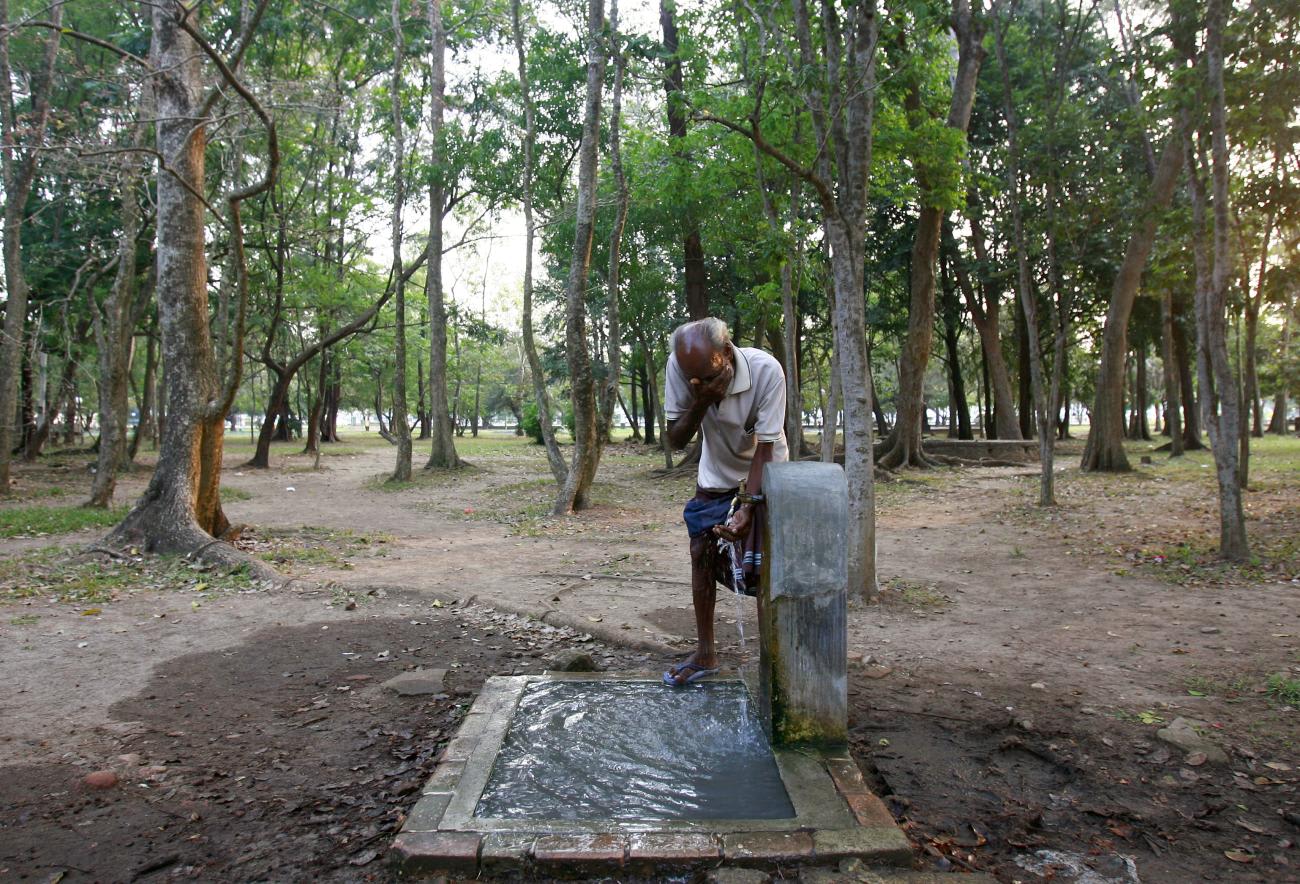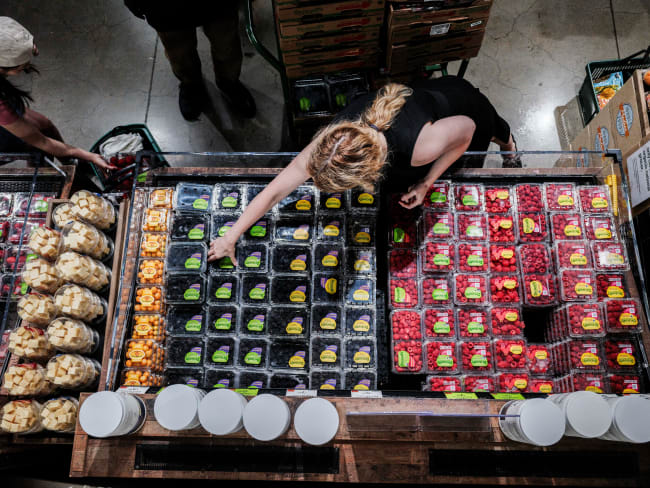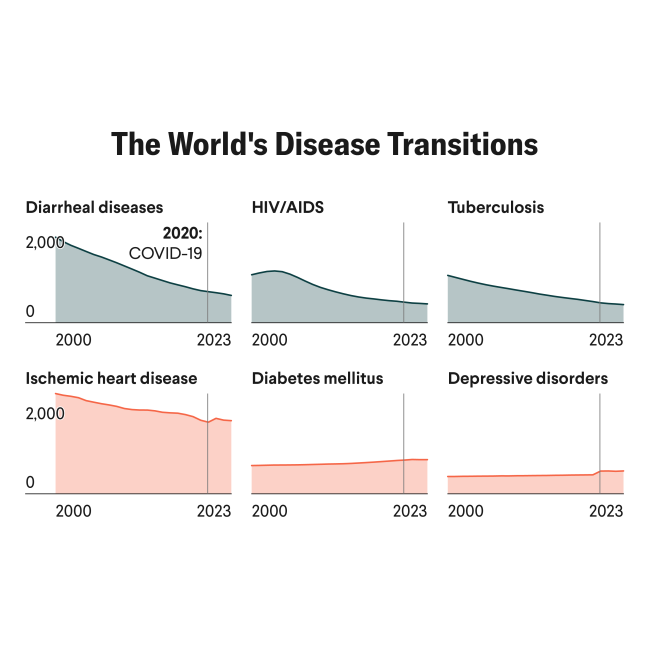A growing number of young and otherwise healthy farm workers are mysteriously developing kidney failure in the world's hottest regions.
Found in Central America, Sri Lanka, and across hot zones everywhere in between, chronic kidney disease of nontraditional (CKDnt) or unknown (CKDu) origins is diagnosed when doctors have ruled out standard contributors, such as diabetes, hypertension, autoimmune conditions.
The cause has remained elusive, but recent tests of drinking water from Sri Lankan communities disproportionately afflicted by CKDu could help answer this question.
An international team of researchers led by Nishad Jayasundara of Duke University showed that the hard mineral-rich water found in the Sri Lanka's northern highlands, where CKDu is most prevalent, makes the pesticide glyphosate persist for years in drinking water and soil.
That and other pesticides may combine with heat stress to cause kidney failure, says Jayasundara, an environmental health scientist who copublished the findings this September in Environmental Science & Technology Letters.
"If you're dehydrated, your kidneys may become more sensitive to chemicals," he says. "The higher chemical burden plus the dehydration plays a major role."
If you're dehydrated, your kidneys may become more sensitive to chemicals
Nishad Jayasundara, Duke University
Concern about agricultural workers in Sri Lanka began popping up in the late 1990s—around the same time that doctors in Central America noticed a similar uptick in kidney failure there in young sugarcane plantation workers. Countries of note included El Salvador, Guatemala, and Nicaragua. Biopsies from these workers showed damage to the kidney's tubules, which remove waste from the blood.
Sufferers are disproportionately male and often several decades younger than typical patients with kidney failure. Without this functioning organ, toxins and fluids build up in the body and death invariably follows.
"There are these pockets where we suspect there's something substantial going on," says Theo Vos, a researcher at the Institute for Health Metrics and Evaluation at the University of Washington.
Also known as end stage renal disease, kidney failure affects millions worldwide. It's most commonly caused by complications from diabetes and hypertension—and tends to occur later in life. Dietary changes and medication can slow the progression of kidney disease, but once the organs have stopped functioning, an individual needs either dialysis or a transplant to survive.

From Headlines to Health Study
Every time Jayasundara returned to his native Sri Lanka, he picked up a newspaper to keep abreast of events that weren't making headlines in the United States and came across stories of a mysterious disease killing farmers in the northern highlands of Sri Lanka.
Asking around, Jayasundara heard similar tales from agriculturalists working in rice paddies in the sweltering tropical heat. Their bodies began to ache, so they requested pain medication to continue working. The pain persisted, however, and further testing revealed complete kidney failure.
The patients in Sri Lanka, however, didn't look like standard kidney disease patients. They were younger, and many didn't have the usual underlying conditions. What they did have in common was long days working in the areas rice paddies.
Following workers across a single harvest season and even a single shift showed significant kidney damage
Shuchi Anand, Stanford University
Over time, the initial damage the farm workers developed ultimately resulted in organ failure. Some experts pointed to heat and dehydration as culprits. Epidemiological studies in humans combined with work in animal models showed that chronic dehydration and heat stress could lead to chronic kidney disease and renal failure.
"Dehydration not only causes reversible kidney damage, but also could actually activate a process that might cause chronic kidney disease," says Richard Johnson, a nephrologist at the University of Colorado Anschutz Medical Campus and one of the first U.S.-based scientists to begin investigating CKDnt.
Follow-up studies show that this condition can arise quickly. Following workers across a single harvest season and even a single shift showed significant kidney damage, says Shuchi Anand, a nephrologist at Stanford University who is studying CKDnt and CKDu.
Heat, however, wasn't the only possibility. Nephrologists and toxicologists alike raised concerns that an environmental toxicant, such as heavy metals like nickel and cobalt, could also be contributing. A bigger concern was the widespread use of pesticides such as paraquat and glyphosate. Workers do not typically have the necessary protective gear, and the chemicals can also leach into groundwater.
The unique geochemistry of Sri Lanka's northern highlands means that hard water and shallow wells are common, Jayasundara says. Epidemiological studies in the region show that those in farming communities also had significantly higher rates of chronic kidney disease than nonfarmers.
Both factors made the Duke scientists curious to see whether chemicals in the drinking water could be contributing to the region's kidney disease epidemic. Working with a team of scientists, Jayasundara sampled more than two hundred wells in agricultural areas with high kidney disease prevalence.

An analysis showed that trace metal ions such as calcium and magnesium that naturally occur in the hard water reacted with glyphosate. This meant that, instead of breaking down rapidly, glyphosate was able to persist in the environment for up to seven years in water and twenty-two years in soil.
The results, says Jayasundara, indicate a novel component to kidney disease in Sri Lanka. It's possible that the metal-glyphosate chemical complexes, combined with dehydration and heat stress, could be working in tandem.
Studies like this are important to untangling the medical mystery of CKDu's causes, Anand says. Because the climate is continuing to warm, answers are urgently needed.
She is spurred on by a conversation she had with a Sri Lankan farmer with kidney failure, who told her, "I know what the scientific community is doing will not be able to save me. But my challenge to you is to at least try to protect my kids."













